Financial Accounting Assessment: Valuation Method Analysis
VerifiedAdded on 2023/03/17
|5
|739
|53
Homework Assignment
AI Summary
This assignment solution addresses a financial accounting problem related to the revaluation method for property, plant, and equipment (PP&E) under Australian Accounting Standards Board (AASB) guidelines. The scenario involves a company, Canadian Beach Pty Ltd, that follows the revaluation method for its assets. The solution explains that the revaluation method should be applied consistently to an entire class of assets, not individual items, as per AASB 116. It distinguishes between accounting policy (method choice) and accounting estimates (fair value determination). The solution emphasizes the importance of regular revaluation, especially for volatile assets, and the recognition of impairment losses. The assignment analyzes the impact of a storm on asset valuation, highlighting that the company cannot switch from the revaluation to the cost method due to a change in accounting policy. The solution emphasizes the need to adjust the valuation to reflect the impact of the storm, ensuring the financial statements present a fair view of the company's financial position. The solution highlights the importance of maintaining stakeholder trust and compliance with regulations and the impact on profitability and the going concern assumption.
1 out of 5
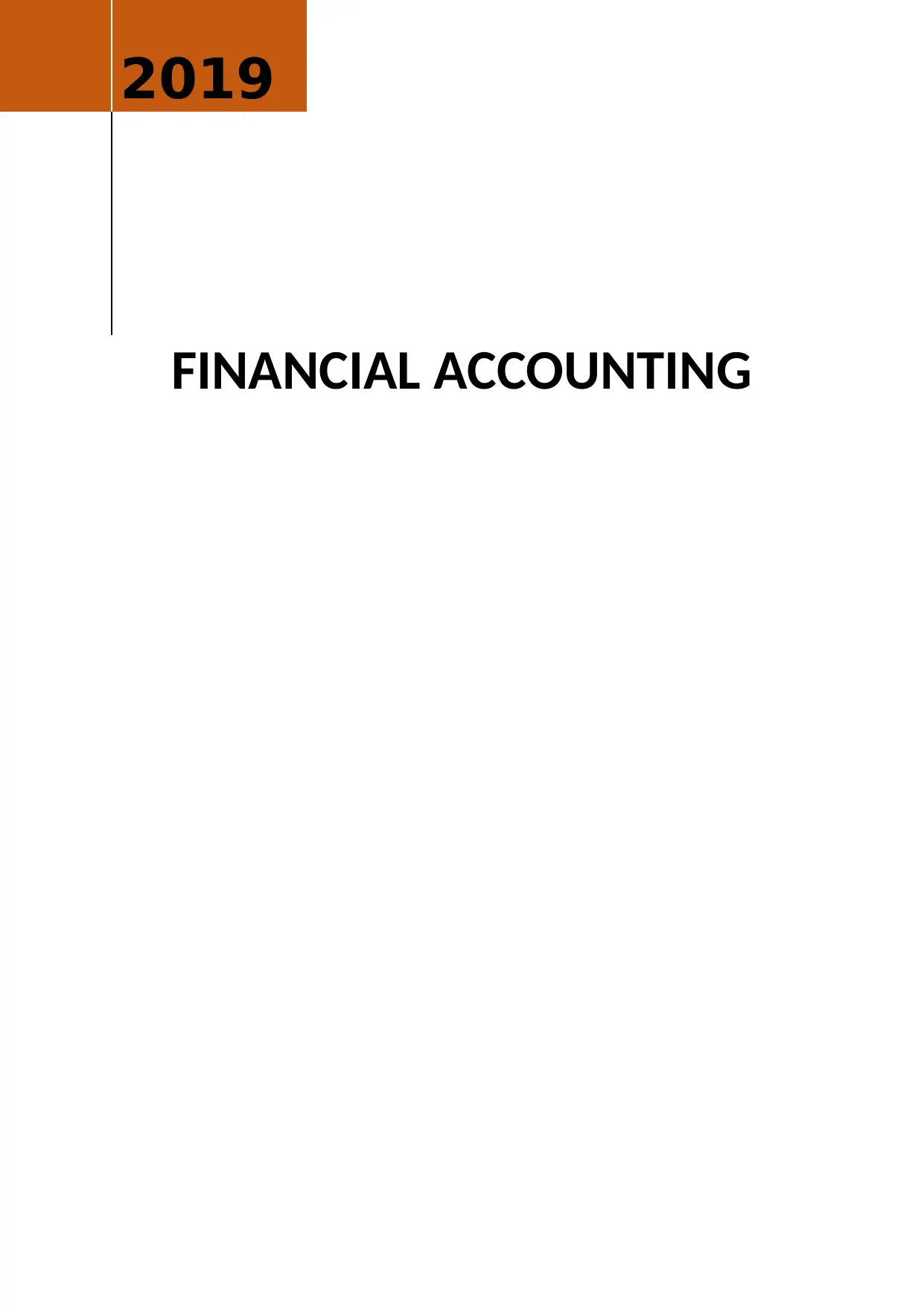
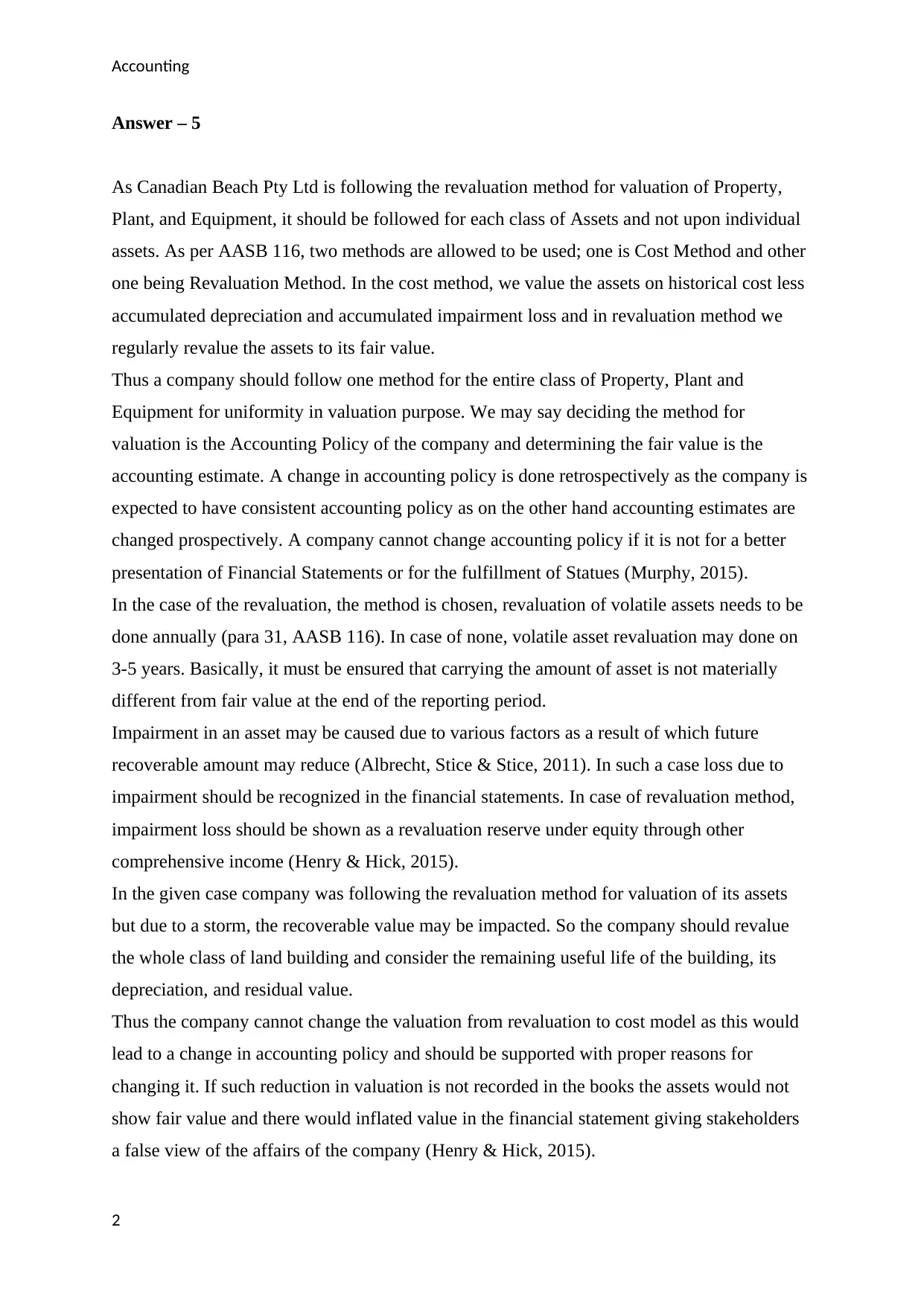
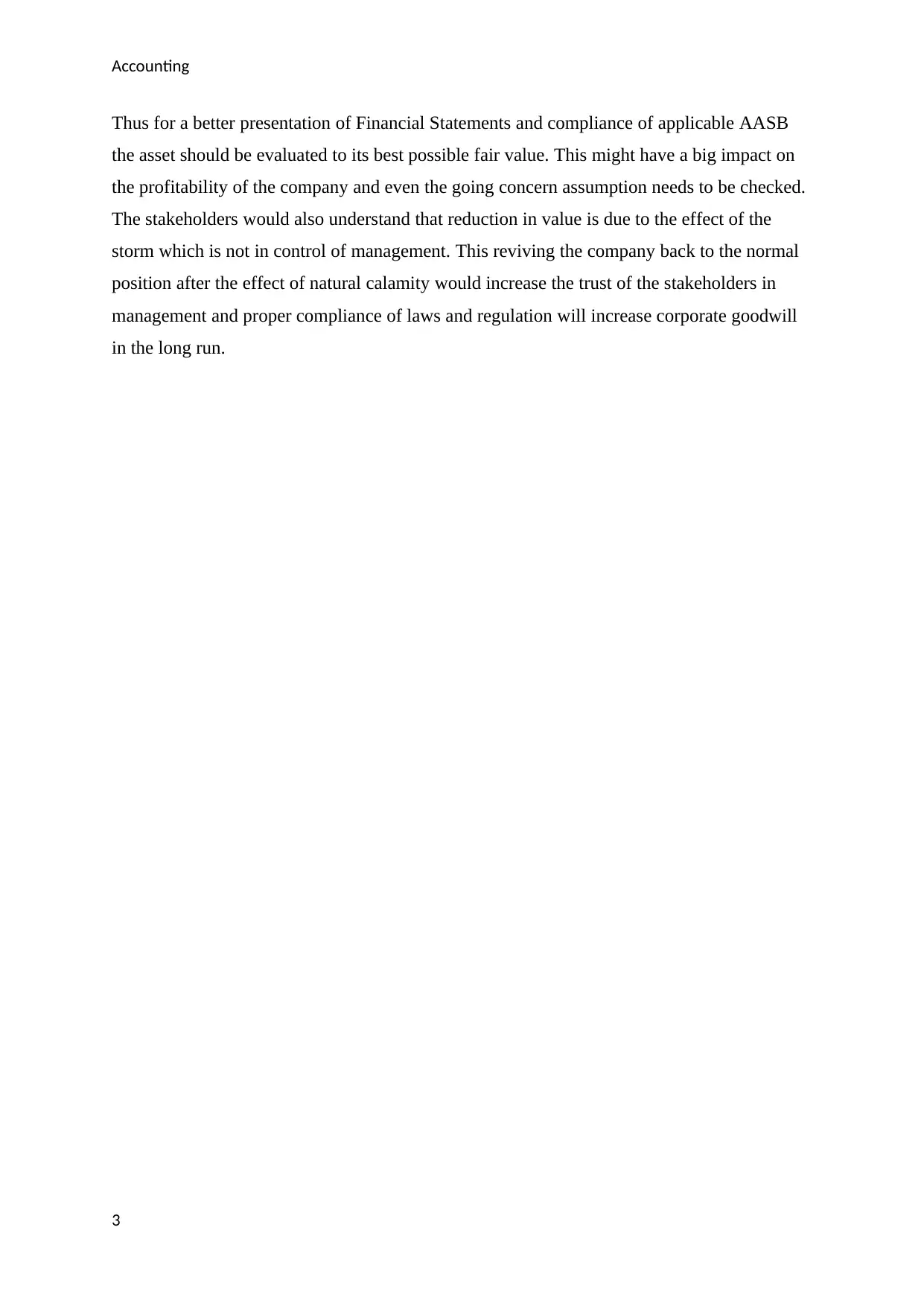

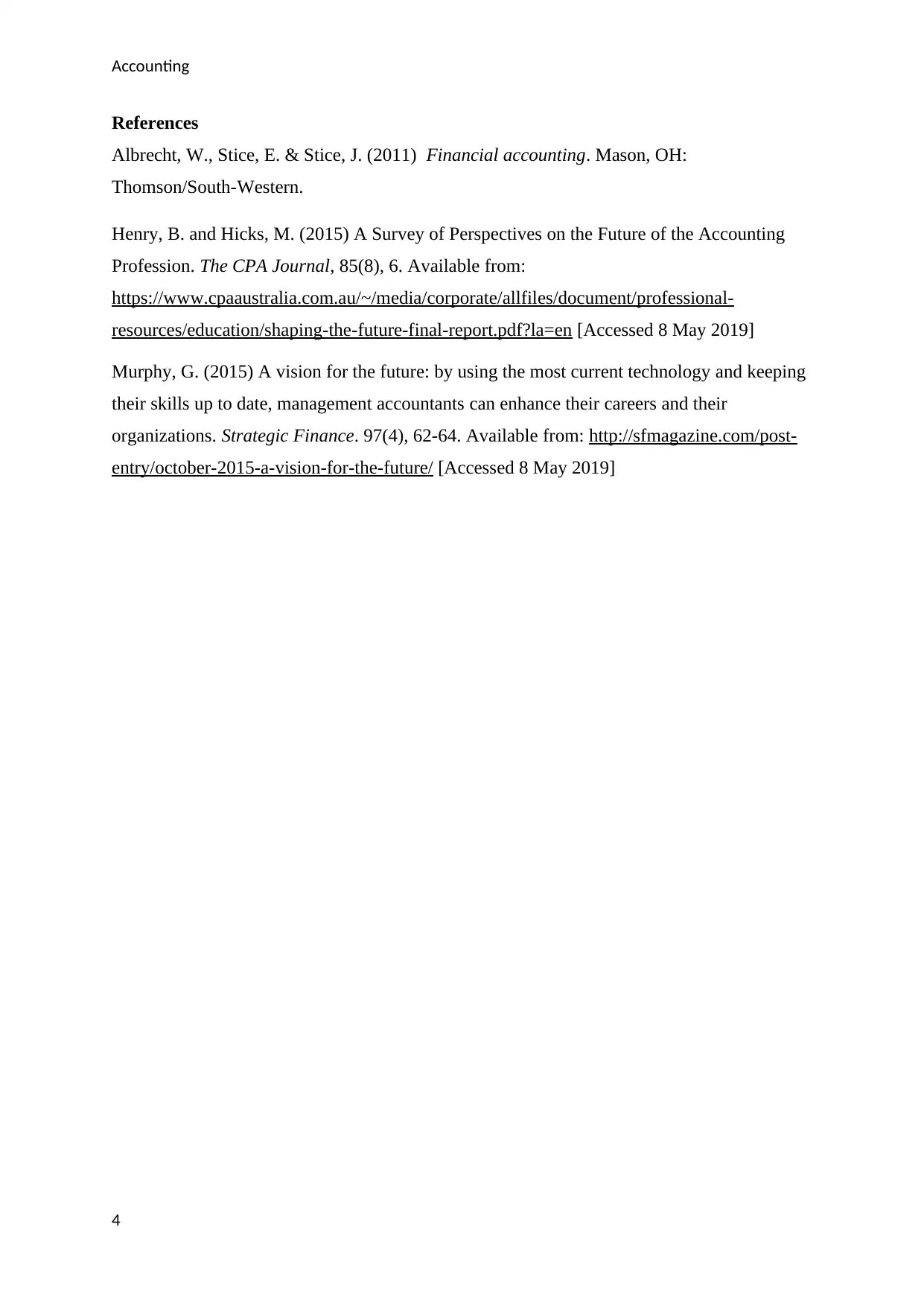
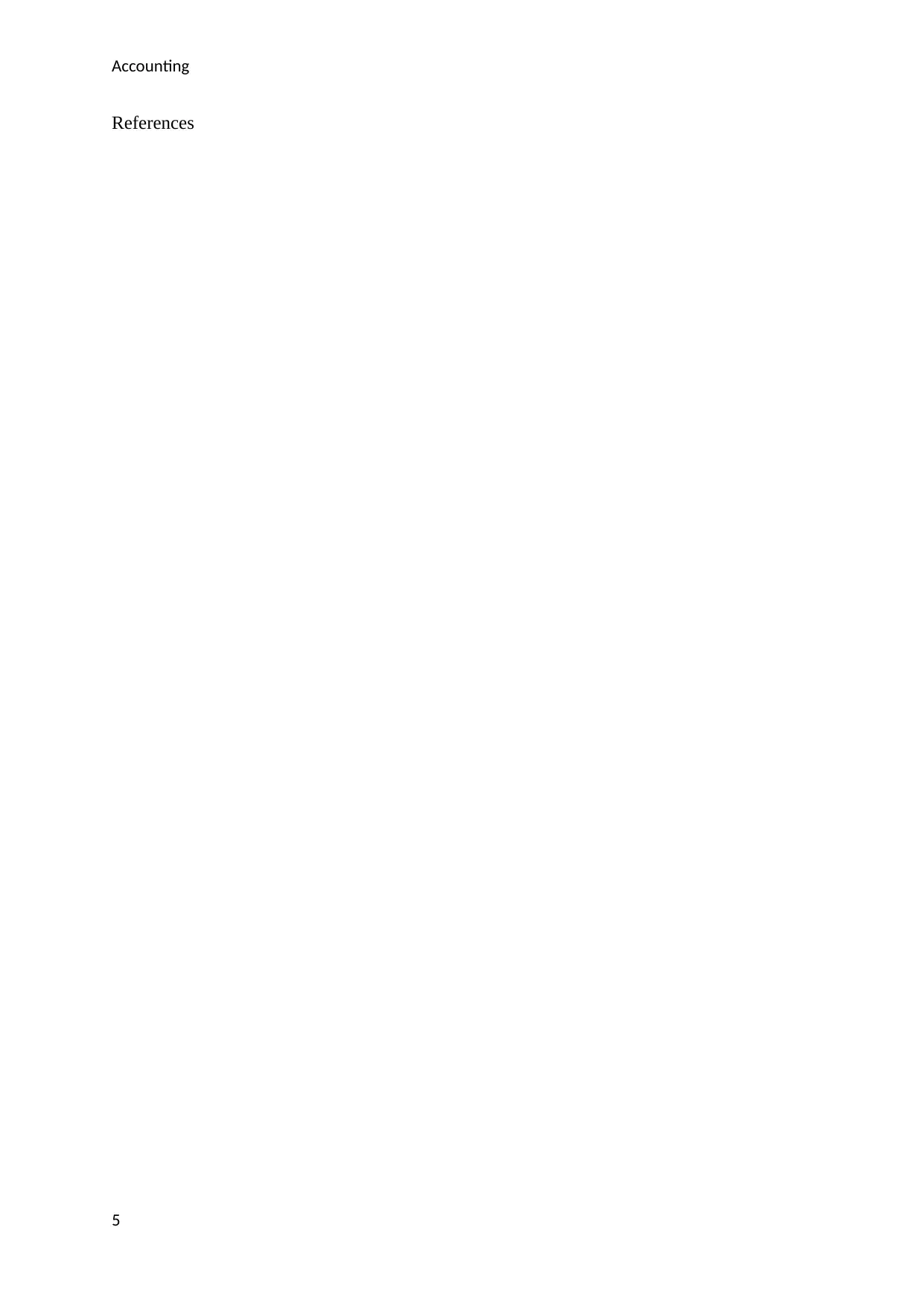





![[object Object]](/_next/static/media/star-bottom.7253800d.svg)